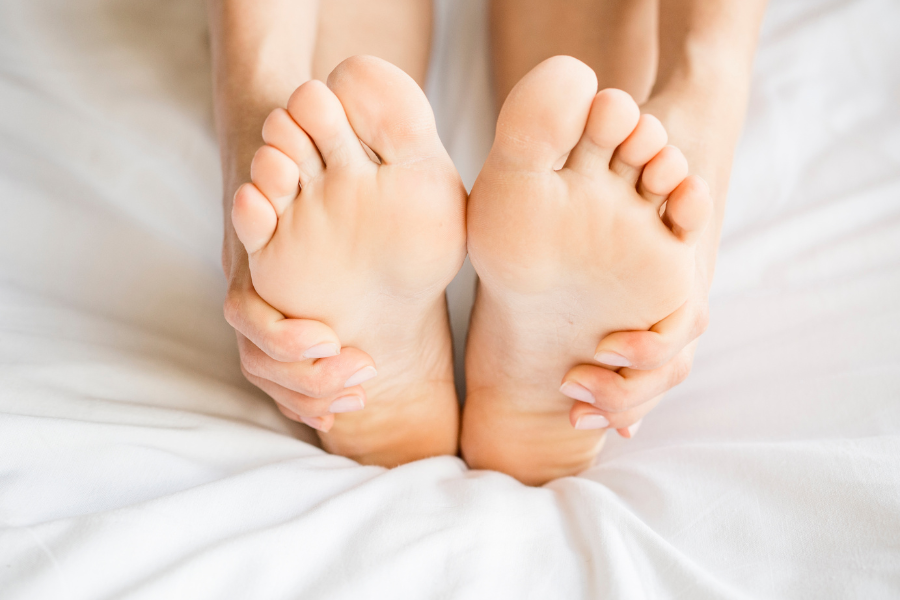
What Is Gout?
Gout occurs when there is a buildup of uric acid in the tissues or joints. It is most common in the joint of the big toe. At cooler temperatures, uric acid turns into crystals. Since the toe is the part of the body that is farthest from the heart, it is also the coolest part of the body and, thus, the most likely target of gout. However, gout can affect any joint in the body.
Causes
Changes in diet, including overindulging in certain foods and beverages, can cause gout attacks this time of year. Gout attacks are caused by deposits of crystallized uric acid in the joint. Typically, uric acid is present in the blood and eliminated in the urine. In people with gout, uric acid accumulates and crystallizes in the joints. Uric acid is the result of the breakdown of purines, chemicals found naturally in our bodies and in food. Some people develop gout because their kidneys have difficulty eliminating normal amounts of uric acid, while others produce too much uric acid.
RISK FACTORS:
The body’s ability to remove uric acid can be negatively affected by taking aspirin, some diuretic medications (“water pills”), and the vitamin niacin (also called nicotinic acid). Gout is more common in men aged 40 to 60 years, but can occur in younger men as well as in women.
Consuming foods and beverages that contain high levels of purines can trigger an attack of gout. Some foods contain more purines than others and have been associated with an increase of uric acid, which leads to gout. You might be able to lower your risk of getting a gout attack by limiting or avoiding certain food such as shellfish, red meat, organ meats (such as kidney or liver), red wine, and beer.
SYMPTOMS:
An attack of gout can be miserable, and often comes with the following symptoms:
TREATMENT:
Initial treatment of an attack of gout typically includes the following:
The symptoms of gout and the inflammatory process usually resolve in three to ten days with treatment. If gout symptoms continue despite the initial treatment, or if repeated attacks occur, you may need to be on a maintenance treatment that may involve daily medication. In cases of repeated episodes, the underlying problem must be addressed, as the buildup of uric acid over time can cause arthritic damage to the joint.
If you are experiencing any pain in your foot or ankle, contact Dr. Kylin Kovac at Idaho Foot and Ankle Center. He can prepare a plan to help get you back to the holiday activities you love!

October 31, 2025
Our Idaho Falls podiatrists treat common skin conditions including athlete’s foot, warts, and cracked heels with expert care and lasting relief.
.png)
September 11, 2025
Learn how Idaho Foot & Ankle Center treats ingrown toenails quickly, safely, and effectively to relieve pain and protect foot health long term.

August 8, 2025
Explore how Idaho Foot & Ankle Center delivers expert diabetic foot care, preventing complications and promoting comfort, mobility, and independence.
.png)
July 23, 2025
Find out what causes heel pain and how Idaho Foot & Ankle Center provides expert diagnosis, treatment, and relief for lasting comfort.